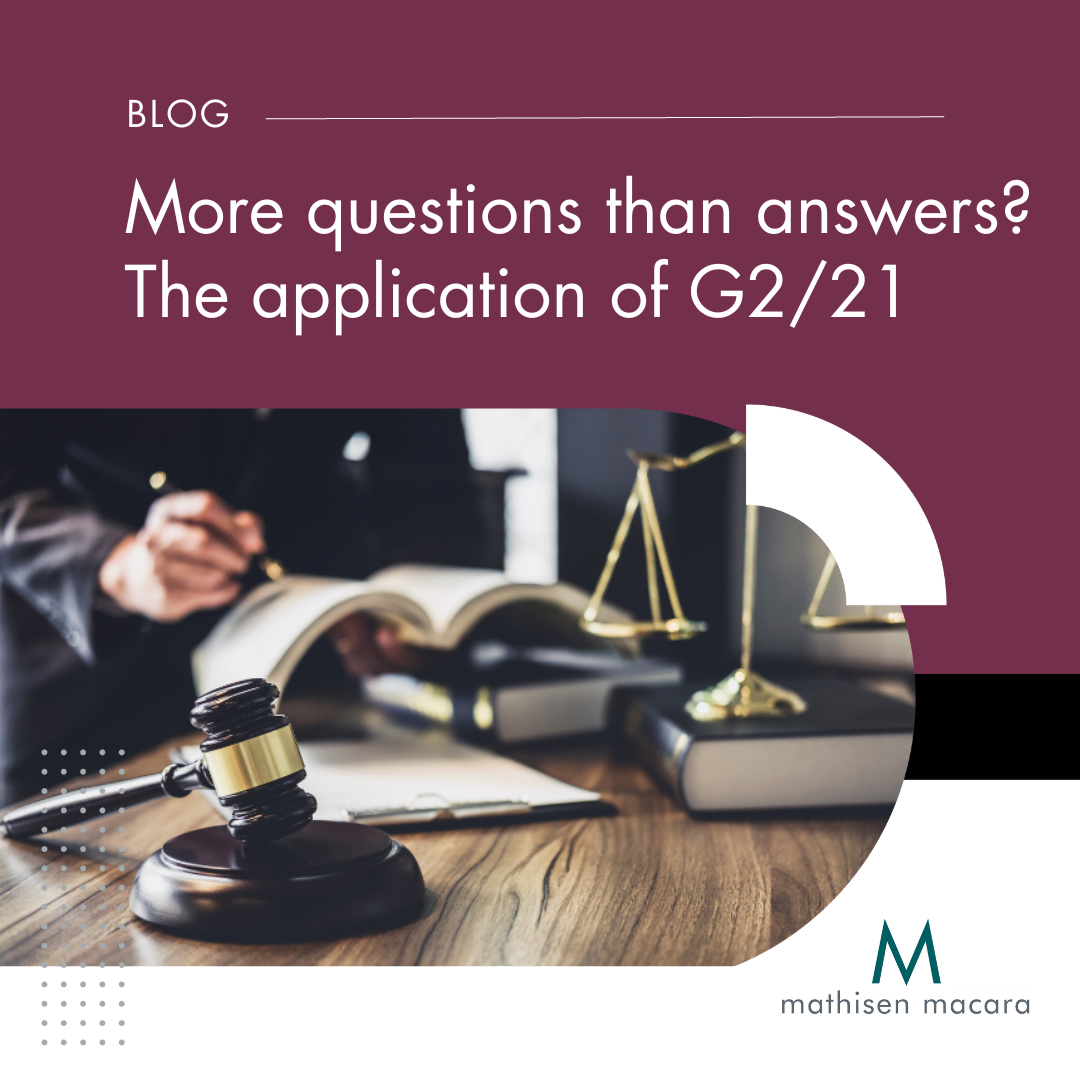More questions than answers? The application of G2/21 in European Patent proceedings
Following on from the Enlarged Board of Appeal’s decision G2/21 regarding the admissibility of post-published evidence, the case that prompted the decision (T 0116/18) has now found its way back to its referring Board. Oral proceedings are scheduled to take place on 28th July, 2023, and the Board have provided their preliminary views to the parties regarding matters they wish to discuss. But has G2/21 raised more questions than it answered?
In G2/21, the Enlarged Board (the most senior level of appeal available from decisions by the EPO) decided that in principle, there was no bar to the filing of evidence at any stage of the proceedings, concluding that:
Evidence submitted by a patent applicant or proprietor to prove a technical effect relied upon for acknowledgement of inventive step of the claimed subject-matter may not be disregarded solely on the ground that such evidence, on which the effect rests, had not been public before the filing date of the patent in suit and was filed after that date.
This seems straightforward. But it is their second conclusion, particularly the final part, which gives rise to some ambiguity:
A patent applicant or proprietor may rely upon a technical effect for inventive step if the skilled person, having the common general knowledge in mind, and based on the application as originally filed, would derive said effect as being encompassed by the technical teaching and embodied by the same originally disclosed invention.
What does it mean for the skilled person to be able to “derive an effect as being encompassed by the technical teaching and embodied by the same originally disclosed invention”?
In their preliminary opinion, the referring Board have asked that the parties consider two possible interpretations, although they acknowledge that the parties may also wish to advance their own alternative views. Is the correct interpretation that a technical effect relied on for inventive step must not be implausible from the application as-filed? Or is it the case that the technical effect must be derivable from, or disclosed in, the application as-filed?
Like many others, this case revolves around conflicting data sets. The patent in dispute concerns insecticides and their efficacy against moths, with two particular species being exemplified. The Opponent provided data to show that the claimed combination of compounds was ineffective against one species, which the Patentee countered with data on a different, third species where effective results were obtained. All of these data sets were, of course, post-published and the original patent did not mention the third moth species. The referring Board have already proposed that inventive step can be acknowledged if the Patentee’s data can be taken into account. The way the referring Board decides to interpret the Enlarged Board’s conclusions, and so whether to admit the Patentee’s data, will thus be critical to the outcome.
As a footnote to this piece, the case has since been further complicated by new data from the Opponent that shows poor results against the third moth species.
I know all of us in the field of Patent Law will be watching diligently to see how decision G2/21 is applied in this case, and others in the future.
